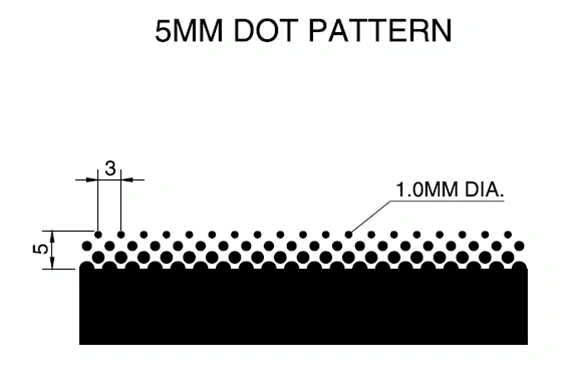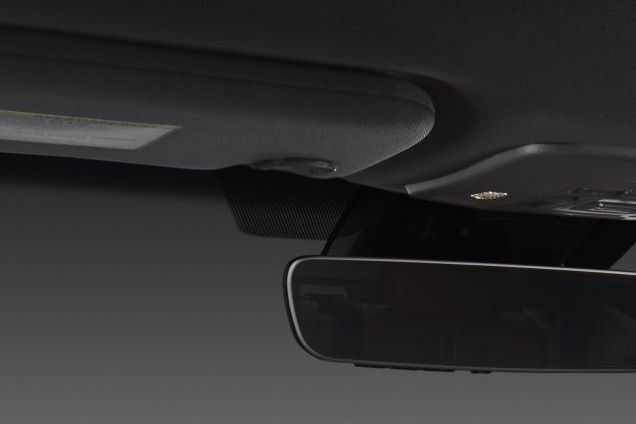
Have you ever wondered what those little black dots on your car's windshield are? You know, the black dots on car windows found around the edges and often surrounding the rearview mirror? If you haven't ever thought about them or even noticed them before, we wouldn't blame you, considering how inconspicuous they are. These dots on your windshield are quite important and serve more than just one essential purpose.
So, What Exactly Are the Little Black Dots on My Windshield?
If you're wondering why car windshields have little black dots, we have to go back to around the 50s and 60s. During this time, metal was most commonly used to frame the windshield, but advances in technology saw manufacturers move to using adhesives to keep the windshield in place. And as a result of this process, the black dots on the windshield of your car are now a common feature, whether you're driving a humble Nissan Versa or a plush BMW 8 Series Gran Coupe. Each dot on the windshield is called a frit and is a ceramic paint marking that is baked into the edges of the glass during the manufacturing process
While the "dot matrix" pattern on your window is found around the edges of the window, you may also notice a smattering of these behind the rearview mirror. If you look closely, frits can be actual little round dots or even angular diamond-like shapes. Regardless, the design typically starts from a solid black band around the frame of the windshield with dense, tightly-packed dots dispersing to more widely-spread dots. The gradient serves a specific purpose, so let's discuss why frits are needed.
What’s the Purpose of Windshield Frits?
There are several reasons why car windshields incorporate black dots along the edges:
Strengthening and Adhesion
Frits serve to create a rougher point of contact between the car's frame and the glass panels for the adhesives to bond to. This means the windshield is more secure, as the glue used to install a windshield sticks better to a surface that isn't smooth.
Aesthetics
Following on from this, the frits also serve the purpose of hiding the unsightly adhesive points. And, there's even more aesthetic benefit to the gradient pattern they come in. The dots are arranged in a 'halftone pattern', meaning that gradient we referred to earlier: the dots become smaller and farther apart as the pattern recedes from the thick black lines at the edge. The visual effect this pattern creates is also more aesthetically pleasing and easier on the eye than what harsh, solid black frames would be on the transparent glass.
Protection
The black band and frits serve another purpose, and that is to assist in preserving the urethane sealant manufacturers use to attach the windshield panel and window panels to the car's frame. The enamel acts as a shield over the adhesive and blocks the sun's ultraviolet rays from softening or melting it. In the same way, the extended pattern of dots you may see behind or around your rearview mirror acts as added protection from the glare of the sun, since there is no sun-visor in that area.
Temperature Regulation
Lastly, the band of frits also aids in distributing temperature evenly across the glass. The solid black frit band will heat up much quicker than the majority of the glass, which creates an optical distortion that can make the window look like it is deforming. The dot matrix pattern on the window helps to mitigate this optical distortion by spreading out the heat more evenly.
Advantages of the Little Dots On Your Car’s Windshield
Now that we know why windshields have black dots, here is a summary of the benefits frits and the frit band offer:
- Provide an aesthetically pleasing look that hides adhesives
- Provide a rough surface for stronger adhesive
- Block the sun from damaging the adhesive
- Provides even heat distribution across the glass
- Acts as a third sun-visor behind the rearview mirror


